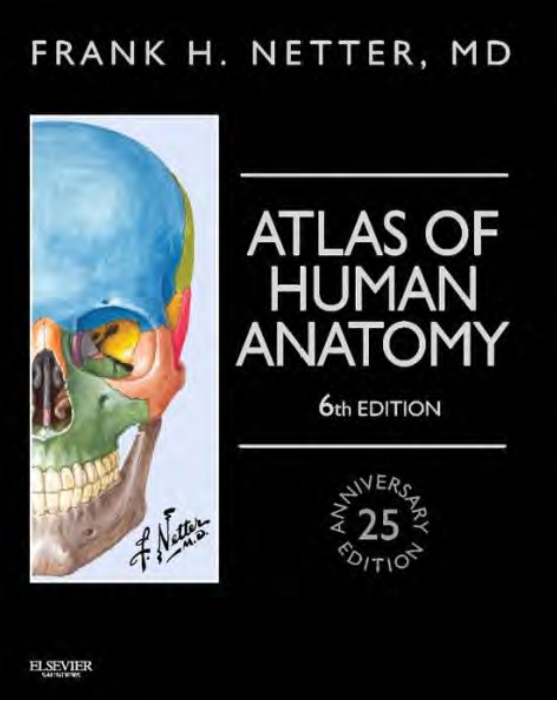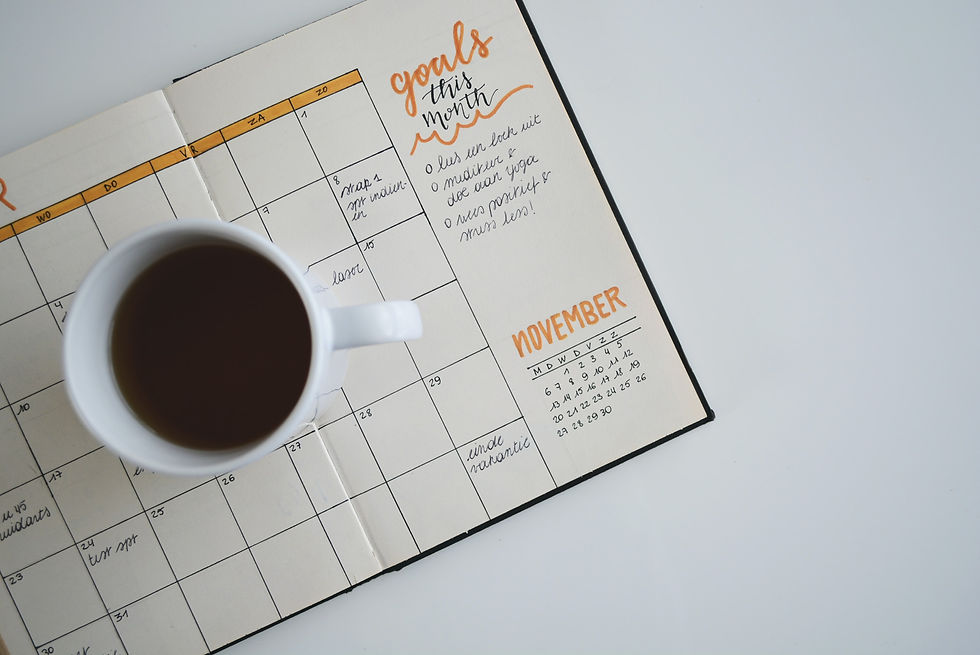Resources for Locomotor module
- Masab Azeem

- Dec 27, 2020
- 3 min read
Updated: Jan 2, 2021

Hello, you have made it to the second year, so congratulation is in order. You had to go through tons of experiments, books, mugs of coffee, sleepless nights, etc. to fight your way through 1st year. TBH, it wasn’t easy for me either but that is how it’s supposed to be. Now that you are starting with your 2nd year your first modules are going to be Locomotor. This article is meant to serve the purpose of suggesting the available resources that can be utilized to aid in studying effectively and smartly in these modules. First, let’s start with the resources you’ll employ:
Books and Text

1.Gray’s- The classic Gray’s anatomy is a handy tool for anyone who likes books. It has clear and well-labeled figures which help you prepare for the SPE (note: there is a significant portion of SPE questions from anatomy). Quite often the diagrams in the SPE come from Gray’s, so it always helps to prepare from where the exam is going to come 😝.

2. KLM- The clinically oriented Anatomy by KLM, is heaven for book lovers. It mentions appropriate details with supporting figures. The best part about it is, it has tables for muscles of a certain part with its respective insertion, origin, nerve supply, and action. The clinical section at the end of the chapter has the relevant pathologies associated with its anatomical concepts which are extremely important in the context of Locomotor.

3. BRS Anatomy- The ultimate go-to book for the ones that don’t like big books. It contains to-the-point and all the high-yield information which we are supposed to know. The star player of BRS is its high-yield section at the end of the chapter which has all the must-know stuff and clinical correlations especially in the context of Locomotor since Anatomy and Pathology are closely related.

4. Netter's Atlas- The Atlas of human anatomy contains full-page diagrams which can extremely helpful and can also be utilized alone for locomotor.

4. Teachmeanatomy- My savior! This website has short to-the-point articles on individual components e.g., forearm, thigh, etc. The articles contain all the relevant information with corresponding clinical relations. It is awesome for quick revisions or last night cramming.
Videos

Najeeb- The ultimate go-to video for all subjects. He explains every topic in-depth and he relates the different concepts altogether. While explaining a physiology concept he will also link it to anatomy and pathology which is highly important while building concepts. Side note: he’s highly recommended for preparing for USMLE STEP 1. The only con is all this correlating takes a lot of time making his videos an hour-long on average per topic.

Anatomy Zone- It is an excellent resource for studying anatomy. Superb description and excellent visuals are essential for understanding anatomical concepts. This website alone is enough for you to build concepts and help you ace your module.

Osmosis- The videos are on average 10 minutes long, so it is an easy alternative to Najeeb. The videos are properly compiled but they lack the depth of the explanation of concepts. It’s best for studying pathology specifically.

Anatomy 3D Atlas- This handy app is available on android and IOS and can be downloaded on your phones or tablet. It has 3D models of the body and a 360-degree view can help gain orientation. You can remove the superficial layer of muscles to reveal deeper layers of muscle or bones.
For Physiology, the syllabus content is less. So, you can use Guyton (if you are already using it) or listen closely to the lectures. There is also a channel called Ninja nerd lectures which has helpful videos so you can check that out.

Pathology has a major contribution to this module. Lectures and Pathoma will be quite handy as to-the-point stuff is most appropriate.

Pathoma- A well-organized book with high yield concepts and explanations. That combined with its videos and easy language is ideal for someone who can't. It’s perfect for revisions and last-minute cramming.

Robbins Basic Pathology-The ultimate book for anyone who likes details. This book contains all the information you will need and so much more. It is an encyclopedia for pathology in my opinion. However, it also has one drawback, it contains a lot of unnecessary information which can be overwhelming for you. You can get lost while studying so being smart and focusing on the review boxes and all the bold definitions will do the trick.

Lectures and Katzung Review with its end of the chapter tables will be more than enough for pharmacology.
Locomotor is mostly an anatomy and pathology dominant module. The musculoskeletal system has a lot of memorizing and visual aids i.e., videos help A LOT in building and keeping concepts. So, try these channels out, and TBH if you have a diagram in your mind you can easily ace SPE. Stay tuned for another article with "how to locomotor". Happy cramming! 😄




Comments